Victorian Women were Smashing
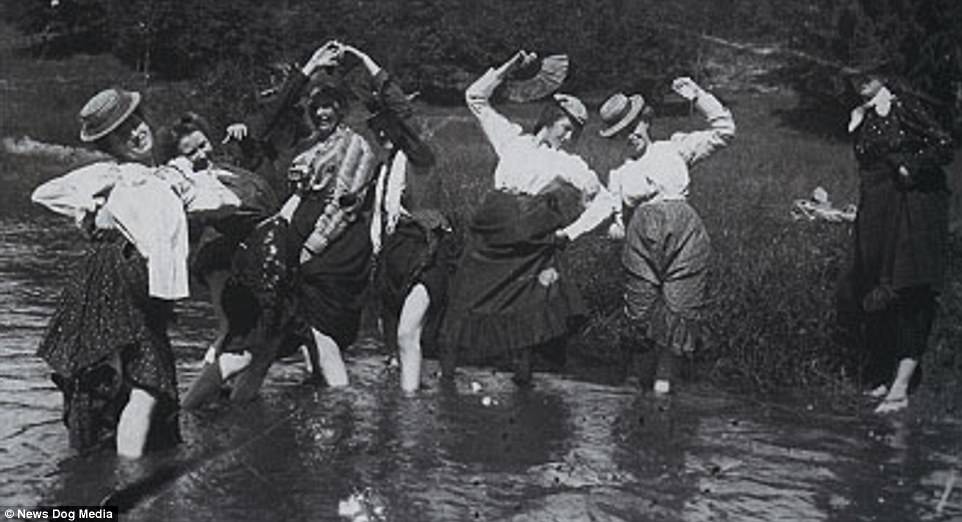
We often read about the importance of hearing African-American voices, gay voices, the narratives of immigrants — and justly so. But there is one minority experience — pertaining to perhaps one-fourth of the population — from which we do not hear. These are from women who engage in passionate, but not necessarily sexual, friendships and networks of mutual aid. Why are these voices silent? The meteor of feminism unwittingly destroyed their natural habitat. The answer is that those voices are extinct.
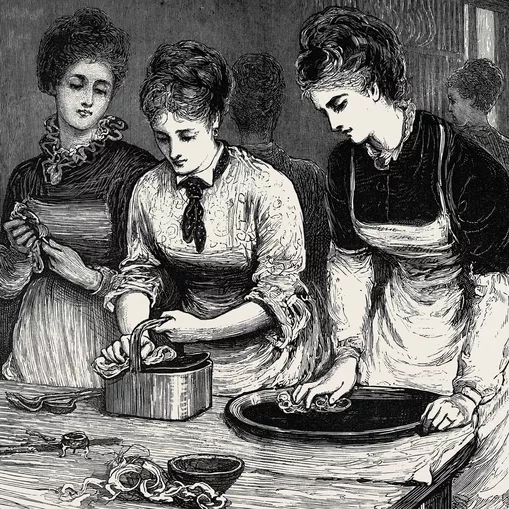
But it seems we have begun our tale at the end. First, a quick refresher of 19th century life. A wife was essentially a ward of her husband, obliged to ask permission for anything of import, and obliged to obey. With marriage such an unattractive option, one wonders why women married at all. The reason was that Victorian society made all other options even more unattractive. A 19th century woman had very few possibilities for supporting herself. Schoolmarm and governess were the two possible professions of the early1800s. Other than that, there was the possibility of domestic service, as a maid. There was the possibility to work at home, at what is now referred to as “cottage industries,” for example, doing laundry or making matches. As the century wore on, factory work became increasingly available and (gulp) appealing.
However, Victorian society offered two loopholes to the repression: segregation and complicit denial.
Men and women lived largely segregated lives. They ate meals together, but in families that could afford it, there were separate living rooms, and even separate bedrooms for husband and wife. Woman were not to be seen in the world of business or science, were not members of professionally relevant social clubs, and so on; basically locked out at every turn. What this meant is that an educated woman, when not receiving her daily recommended dose of repression, had to do with other women.
Complicit denial: 19th century women did not have sex drive — at least, that was the received view. Therefore, any relationship a woman might have with another woman could not be sexual. It could only be helpful preparing her for her future roles of mother and wife.
Women were therefore encouraged to pursue their friendships with all conceivable intensity. Holding hands in public was considered normal, and even public kissing raised no eyebrows. When a wife received a female friend for a sleep-over visit, the husband was expected to vacate the marital bed for this purpose.
Romantic friendships were nothing new in human history. Both men and women were known to have passionate, yet non-sexual, same-sex relationships. In the 1880s, however, the life-long cohabitation of two women finally got a name, “Boston Marriage.” Such unions were considered non-sexual, but only by grace of a generous don’t-ask-don’t-tell culture.
In the first half of the 19th century, the modern notion of lesbianism did not exist. If the word was used at all, it applied to nearly any unmarried state a woman might find herself in.1
Smashing
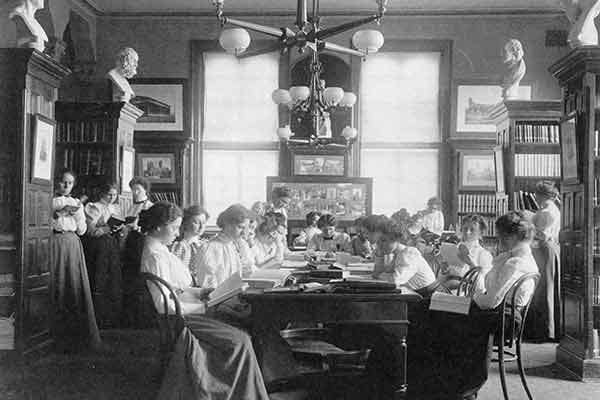
Women’s higher education in the first half of the 19th century was rare to vanishing. A girl could be expected to go to a finishing school, a junior college, or seminary. It was rather in the latter half of the century that university-grade education became widely available (for those who could afford it). Here, preserved student letters show the extent to which they pursued passionate relationships with each other.
These relationships were referred to as ‘smashing.’ The basic scenario is this: the senior students make themselves known to the first year students, through performances and women-only dances. If a first year student fancies an older student, she sends the latter flowers, “Ridley’s Mixed Candies”, letters, or poems. If the senior student accepts the attention, she invites the younger student to accompany her to parties, dances, sports events, picnics, and other outings. She introduces the younger student to influential members of school clubs, and so forth. In this way, the senior student enjoys the attention of a fan, and the younger student enjoys the benefits of having a mentor and guide.
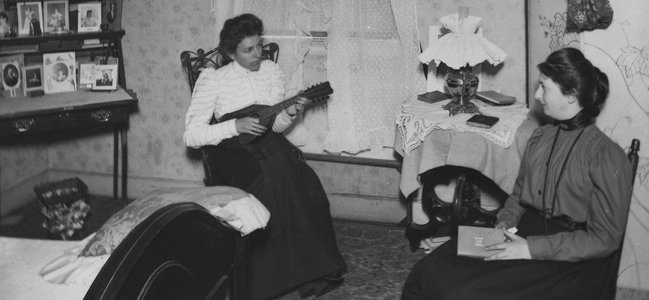
The terms ‘smashing’ and ‘crushing’ were used interchangeably, although only one term would be in heavy use in any particular university. They referred to both sexual and non-sexual relationships, and all the indeterminate space in between. Modern understanding comes from the yearnings, frustrations, and joys captured in private letters, and also from school newspapers, which printed editorials and lampoons on the topic. It is a culture that was documented by the women themselves, once there were women who had the time and literacy to do so.
A survey conducted among graduates of women’s colleges revealed that about half of the students had been involved in smashing, and for about a quarter of them, the relationship had been sexual. In numbers, this would be .50 x .25 = .125, or in words, not greater than the general rate of homosexuality.
This makes smashing a remarkable phenomenon, because it does not map cleanly onto homosexuality. It seems to be something that can contain homosexuality, but the concept, itself, is much broader.
There is no evidence that this culture evolved in the colleges. It seems to have spontaneously arisen in the earliest moments of a school’s history, which suggest that it is a culture that the students brought with them.
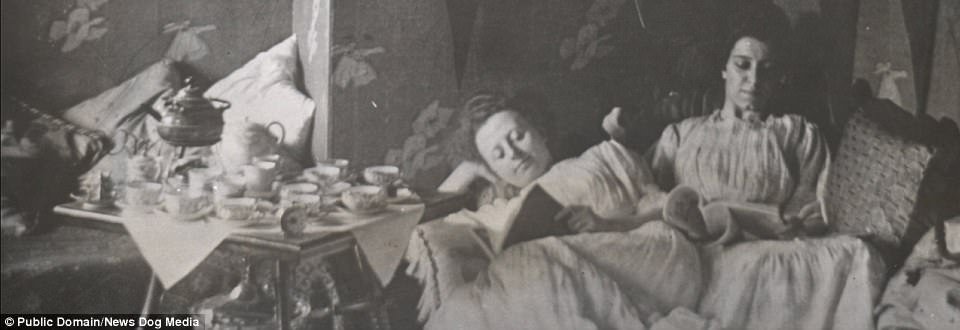
It is important to take a moment to appreciate what this meant to its participants. An entering student with few intuitions about school culture does not need to work out frustration and confusion with fellow ingenues. She does not need to worry about receiving false advice, because her mentor has been chosen for her social prowess. At this point, it is revealing to emphasize that smashes can be a many-to-one phenomenon (one woman reported having thirty during her college career).

While friendships and romances may be conducted in any order among women of any ages, smashes place the older woman as the object of desire — not as something to possess, but something to become. Older women who are not deemed worthy of smashing do not spread their influence. The attractive ones do. It is all but at antipodes with the Peter Principle.
Notice how different this is from hierarchies, in which the old guard selects rising stars. Top-down selection promotes the continuation of what happened in the past, but bottom-up selection favors the needs of the present.
Bottom-up selection is no fey idea. Philosopher of science Thomas Kuhn famously notes that this is essentially how science evolves. It is rarely the case that a scientist should be convinced, by data and argumentation, that he is wrong and that his career has been pointless. He merely attracts fewer students, and his influence is thereby drastically limited in the next generation. Ironically, it is the students, and not the professors, who drive the evolution of science.
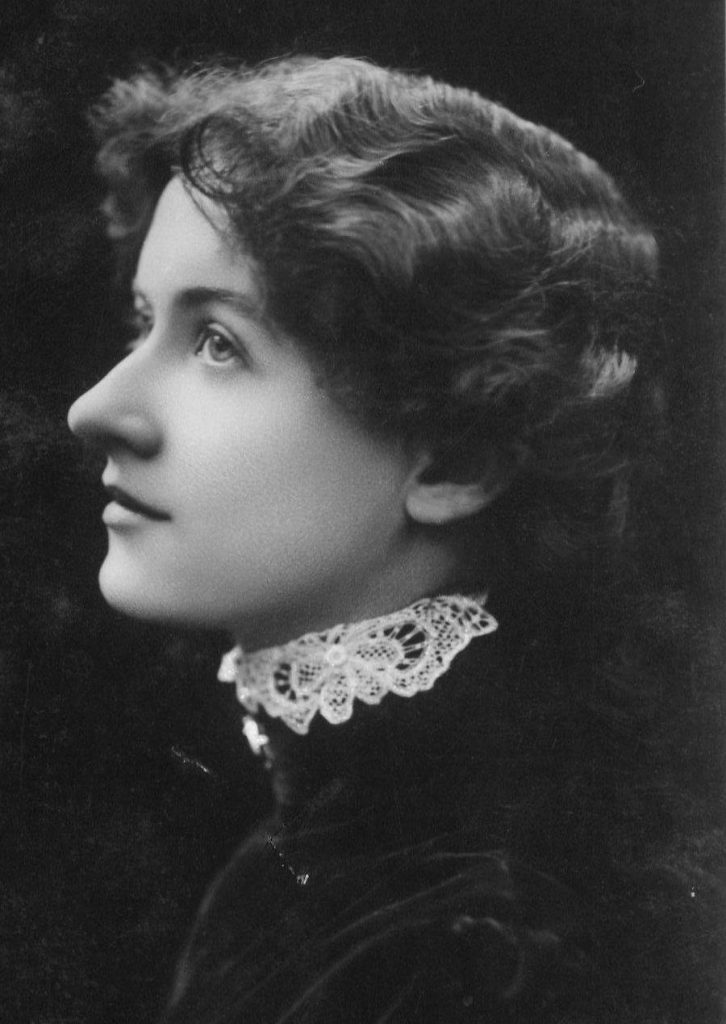
For a student who is the frequent object of smashes, there is the potential to build a powerful political base within an institution. Notice, again, how different this is from politics-as-usual. This woman has gained her prominence, not through intimidation, scheming, negotiating, or by forming cabals, but by setting an attractive example.
Smashing had other positive effects. It provided emotional support and guidance to young women who would otherwise be doomed to flap about fecklessly with their equally clueless age-matched peers. To the older women, it provided opportunities to put to use their hard-won knowledge and talents. They had their competence recognized in a world that otherwise merely required their obedience.
The smashing system arguably emboldened young women to be more active in public life, but the smashing network itself remained on campus: Recent graduates had no thirty year old professionals to smash on. They were on their own. And mistakes were made.
Dashing Smashing
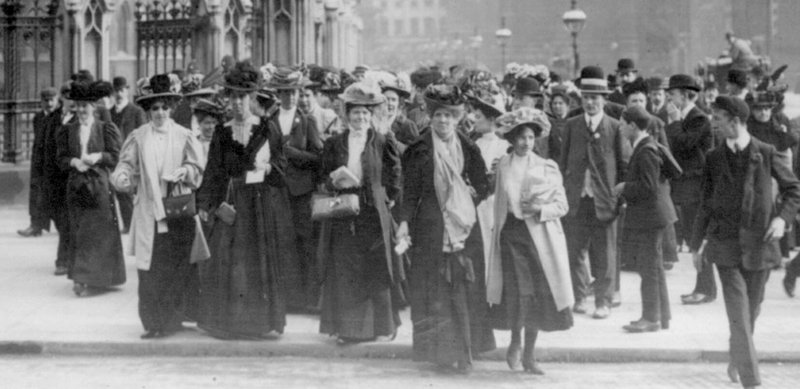
Outside the universities, women’s relationships were coming under closer scrutiny. Women were beginning to demand professional opportunities and political rights, which the Old Order found threatening. Wanting to vote is hard to cast as reprehensible, but lesbianism would do. And thus, female friendships started to become suspect, and suffragettes were hit first.
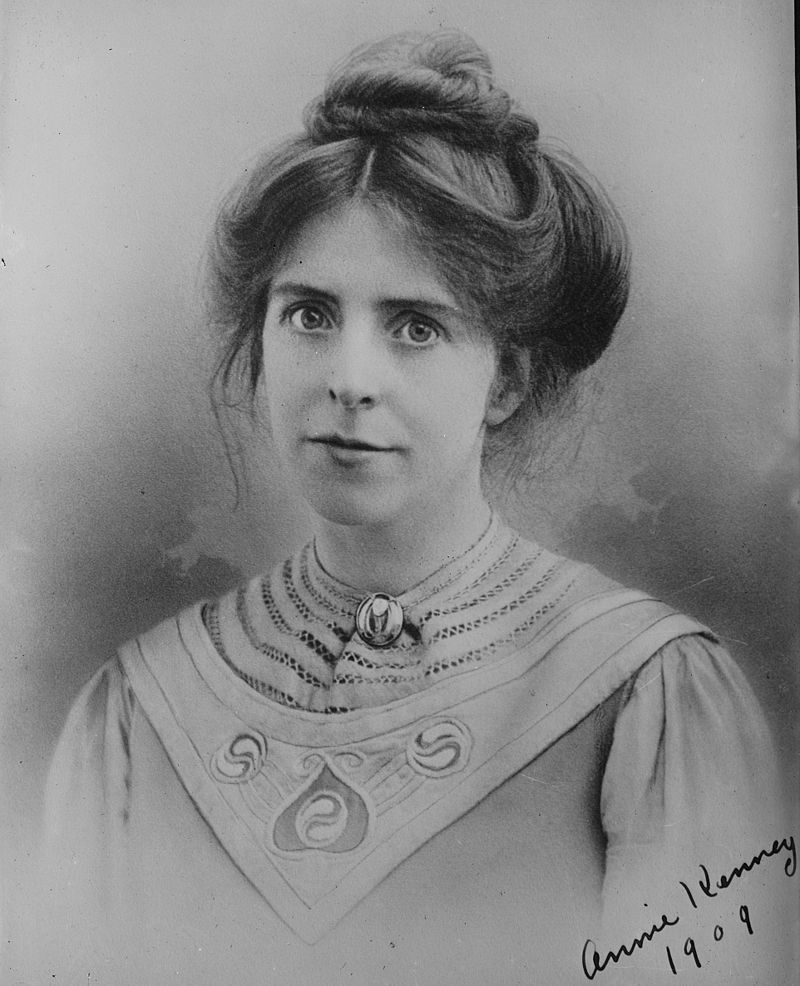
The women’s suffrage movement actually was riddled with lesbianism, and for the obvious reason: a married women and mother had no time for political movements, and perhaps not even permission. To be a suffragette was to be unmarried. Having a boyfriend is risky business, because an out-of-wedlock pregnancy is simply the most disastrous and shameful thing that could happen to a 19th century woman. Therefore, any kind of intimacy was going to take place among women.
Lesbianism, hitherto ignored and denied, had become a vector of political attack. The real problem, female empowerment, was thereby dismantled. Smashing, in particular, was viewed with suspicion. One could only shudder to imagine what smashing could mean to the workplace. Imagine the hypothetical situation of an office in which men are trying to network politely at the water cooler, but the women are smashing. No, this was evidence of lesbianism and other forms of female failure. Before the turn of the century, the administrations of women’s colleges had started to take action to suppress smashing, and by 1920, it was gone forever.
Patriarchus in aeternum pro omnibus
Ironically, the patriarchy preserved itself by integrating women. It took away their natural networks and put them in the same hierarchies as men. There, women had none of the advantage of being female, and all the disadvantage of not being male. Problem solved. It has been the singular achievement of feminism to acquire equal rights for women in those hierarchies, in order to preserve and protect the patriarchy.
And yet, a hundred years on, an increasing number of people, men and women alike, are questioning this success. Is a patriarchy really the one-size-fits-all solution for everything? If mankind is not on a healthy trajectory now, what path should be taken? The answer might not be that difficult to imagine, if we have the means to remember.
Footnotes
1. Nevertheless, lesbianism, as it is understood today, must have been an open secret. Anne Lister, better known as “Gentleman Jack” to modern BBC viewers, as well as to her contemporaries, reminds us that the notion of a “Jack,” or dyke, existed in her time.
